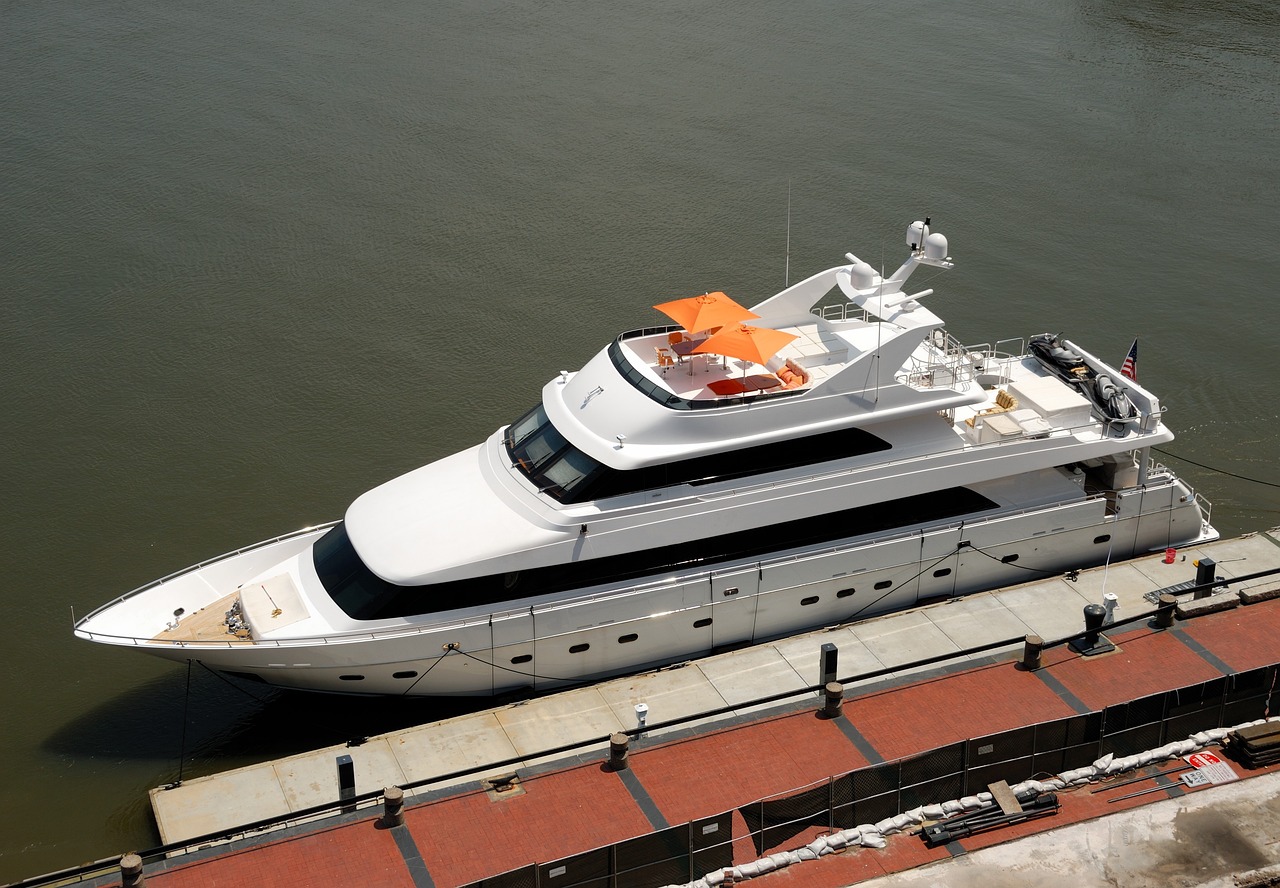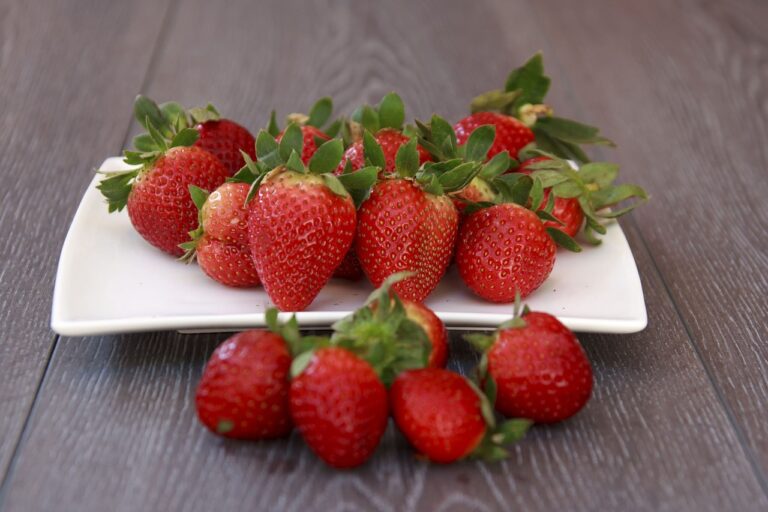The Role of Fashion PR in Brand Building
allpanel 777, laserbook247.online, 99exch.in:In recent years, sustainability has become a significant driving force in the design industry, including kitchen design. As people become more aware of the impact their choices have on the environment, there has been a noticeable shift towards using sustainable materials in kitchen design. This trend is not only better for the planet, but it also offers a range of benefits for homeowners. In this article, we’ll explore the impact of sustainable materials on kitchen design trends and how they are shaping the way we approach designing our culinary spaces.
The Rise of Sustainable Materials in Kitchen Design
Sustainable materials have gained popularity in kitchen design for several reasons. For one, they are eco-friendly and help reduce the carbon footprint of a home. By using materials that are recycled, renewable, or responsibly sourced, homeowners can feel good about the impact their kitchen has on the environment. Additionally, sustainable materials are often of high quality, durable, and long-lasting, making them a smart investment for any kitchen project.
Another reason for the rise of sustainable materials in kitchen design is the growing demand from consumers. More and more people are looking for ways to live a greener lifestyle, and incorporating sustainable materials into their homes is an easy way to do so. With the rise of eco-conscious consumers, designers and manufacturers have responded by creating a wide range of sustainable options for kitchen materials.
From countertops made of recycled glass to cabinets crafted from reclaimed wood, there are plenty of sustainable materials to choose from when designing a kitchen. These materials not only look great but also help create a healthier indoor environment free from harmful chemicals and toxins commonly found in traditional materials.
Design Trends Shaped by Sustainable Materials
The use of sustainable materials in kitchen design has had a significant impact on current design trends. One of the biggest trends we’re seeing is the use of natural materials such as wood, stone, and bamboo. These materials not only add warmth and texture to a kitchen but also have a timeless appeal that will never go out of style.
Another popular trend is the use of recycled and upcycled materials in kitchen design. From reclaimed wood floors to countertops made from recycled glass, there are plenty of ways to incorporate sustainable materials into a kitchen remodel. Not only do these materials look great, but they also help reduce waste and promote a circular economy.
Additionally, minimalist and streamlined design is another trend that has been influenced by sustainable materials. By using materials that are durable and long-lasting, homeowners can create a kitchen that is not only beautiful but also functional and efficient. From sleek stainless steel appliances to concrete countertops, sustainable materials can help create a modern and minimalistic look that is perfect for today’s homeowners.
FAQs
Q: What are some examples of sustainable materials that can be used in kitchen design?
A: Some examples of sustainable materials include reclaimed wood, bamboo, recycled glass, recycled metal, and natural stone.
Q: Are sustainable materials more expensive than traditional materials?
A: While sustainable materials can sometimes be more expensive upfront, they often offer long-term cost savings due to their durability and longevity.
Q: How can I incorporate sustainable materials into my kitchen design?
A: There are many ways to incorporate sustainable materials into your kitchen design, such as using recycled or upcycled materials, choosing energy-efficient appliances, and opting for eco-friendly finishes and paints.
In conclusion, the impact of sustainable materials on kitchen design trends is undeniable. From eco-friendly options that reduce waste and promote a circular economy to high-quality materials that offer long-term durability and style, incorporating sustainable materials into kitchen design not only benefits the environment but also creates a beautiful and functional space for homeowners to enjoy for years to come.







